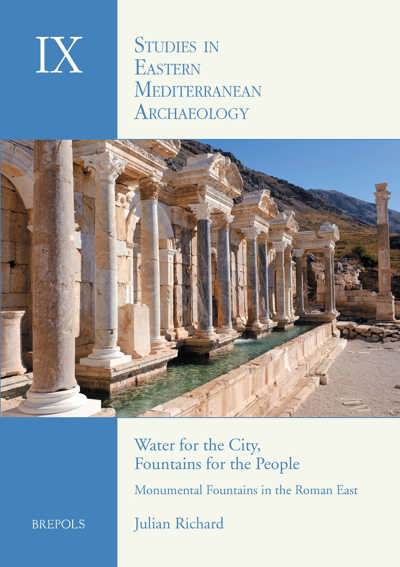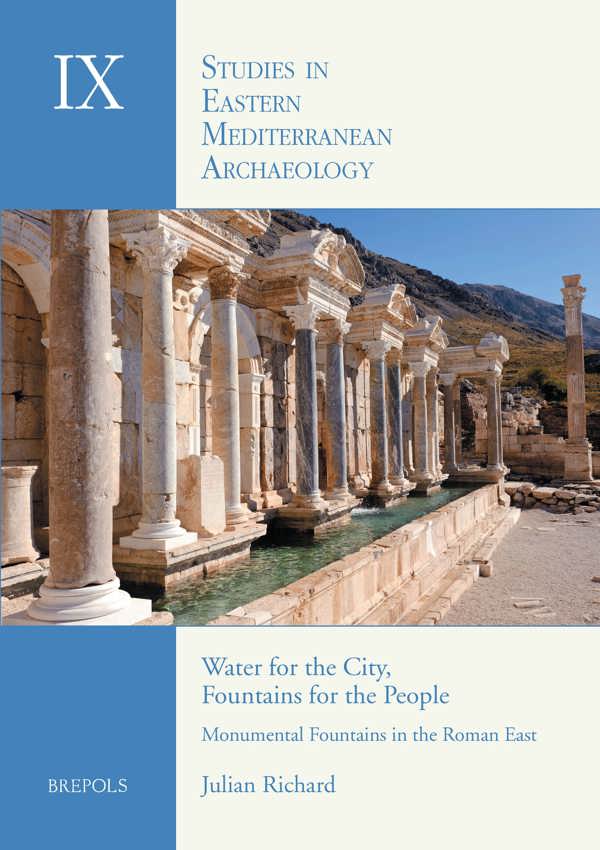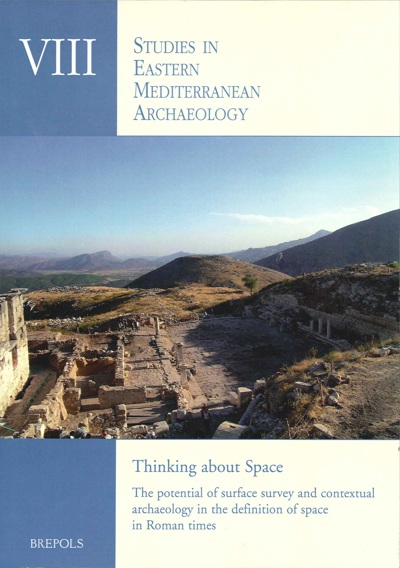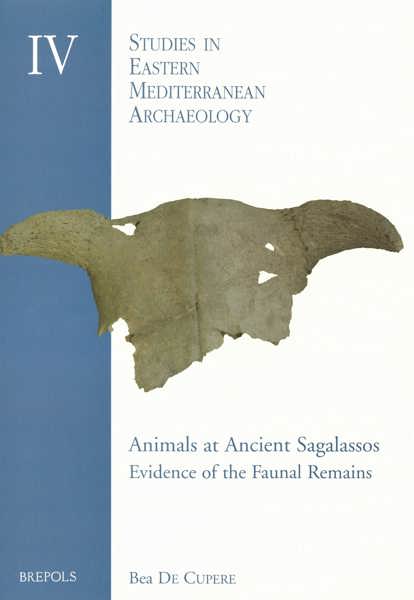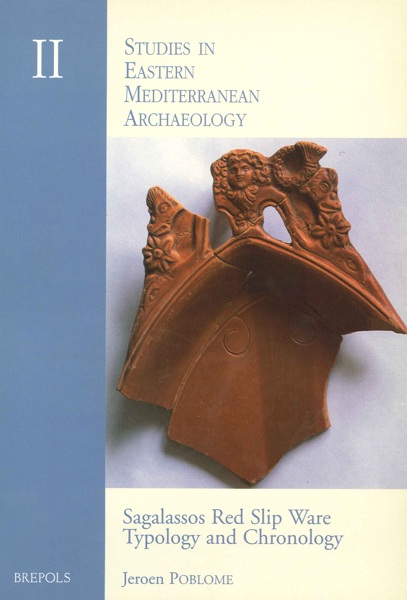
Water for the City, Fountains for the People
Monumental Fountains in the Roman East: an Archaeological Study of Water Management
Julian Richard
- Pages: xvi + 307 p.
- Size:210 x 295 mm
- Illustrations:150 b/w
- Language(s):English
- Publication Year:2013
- € 115,00 EXCL. VAT RETAIL PRICE
- ISBN: 978-2-503-53449-7
- Paperback
- Available
This volume aims to explore the rich utilitarian dimension of ancient monumental fountains that were found in Roman cities.
"Julian Richard's book is a very welcome survey of the archaeology of fountains and nymphaea in the Roman east, the area where perhaps they flourished the most, compiling a large body of data into an intensive, well-researched, and explicative catalogue. (...) Overall, the book is well written and extensively illustrated with plans and photographs, which supplement most of the argument and make the explanations far clearer, and it is evident that an enormous amount of research went into the publication." (Javier Martínez Jiménez, in: Al-Masāq 28:1, p. 107-109)
Archaeological research has brought to light dozens of ancient monumental fountains. For any well-to-do urban center, they were a necessary utilitarian and aesthetic amenity. In Roman times, public fountains reached a degree of architectural opulence and technical complexity never seen before. Through the statues and inscriptions displayed on their façades, they acted as powerful bearers of individual and collective identities. In traditional scholarly research, this representative dimension of monumental fountains is generally strongly emphasized, to the detriment of their essential role in the provision of water to urban centers. The aim of this monograph is to explore the rich utilitarian dimension of monumental fountains in the Roman East, from their relationship to the aqueduct to the various technical details involving the distribution, display, use and drainage of water. Issues such as user-friendliness, hygiene and the preservation of water under harder climatic conditions will be examined as well, following a diachronic perspective that also includes the later evolution of public fountains in Late Antiquity. Exploring the utilitarian dimension of monumental fountains reestablishes the balance with their representative function: this is the most accurate way of explaining their stunning success in the cities of the Mediterranean.
Dr. Julian Richard is a Postdoctoral Fellow of the Research Foundation – Flanders (FWO) and research assistant at the KU Leuven (Belgium). Since 2004, he has been involved in the Sagalassos Archaeological Research Project. His research focuses on water archaeology and Roman public architecture in the Eastern Mediterranean
